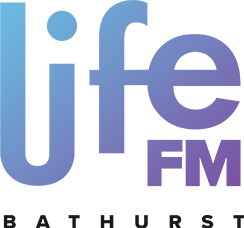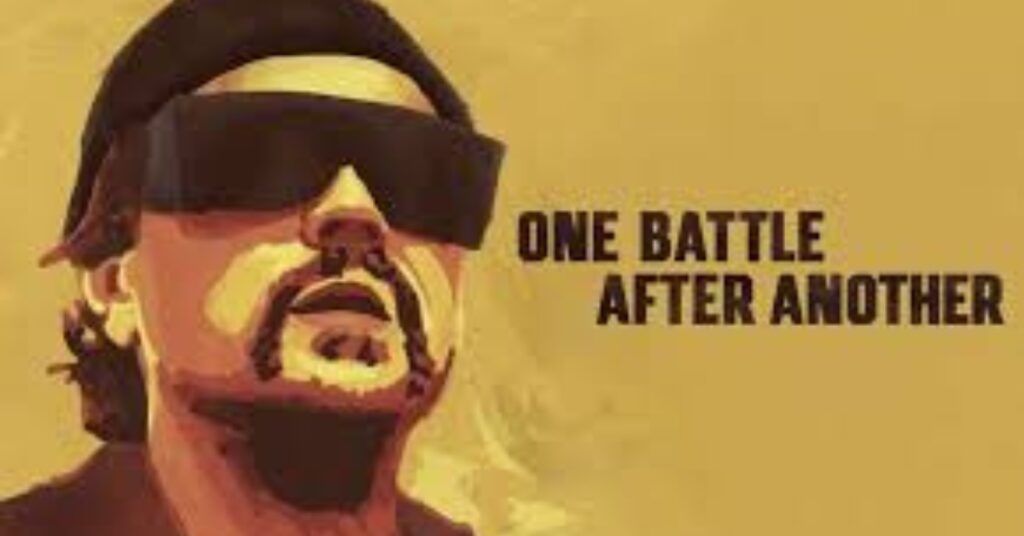By: Russ Matthews
The revolution will be cinematised.
⭐️ ⭐️ ⭐️ ⭐️ ⭐️ (OUT OF 5 STARS)
Paul Thomas Anderson has always been a director fascinated by eras of transition. From the oil boom of There Will Be Blood to the synthetic optimism of the ‘70s in Licorice Pizza or the post-war identity seeking of The Master, Anderson captures cultural moments with an almost cynical hope. He never romanticises his settings, but he humanises them, pulling out the best and worst in people, often within the same scene. With Inherent Vice, he dipped his toes into author Thomas Pynchon’s offbeat literary world, tackling paranoia and counterculture through stoner detective comedy. Now, a decade later, Anderson delves into Pynchon once more, this time adapting his revolutionary reaction to Reagon, in Vineland. But where Inherent Vice was hazy and slippery, One Battle After Another is propulsive, incendiary, and ferociously clear-eyed.
Set in a not-too-distant future, the film follows a sprawling ensemble of radicals, military men, and accidental revolutionaries as they collide in a fractured America. At the centre is Bob Ferguson (Leonardo DiCaprio), a washed-up fighter clinging to fatherhood while living on society’s fringes. Opposing him is Colonel Steven J. Lockjaw (Sean Penn), a pitiful yet menacing figure of authoritarian obsession. Around them spins the revolutionary collective called “The French 75,” led by Perfidia Beverly Hills (Teyana Taylor) until her sudden disappearance. Then, after 16 years, old foes reemerge, and Bob and Perfidia’s teenage daughter, Willa (Chase Infiniti), finds herself at the centre of a new battle. This is Anderson at his most frenetic.
Unlike the long silences of There Will Be Blood or the aching intimacy of Phantom Thread, this film thrives on noise and momentum. The camera darts through rallies, explosions, backroom deals, and family confrontations with a restless urgency. It’s also, surprisingly, hilarious. The absurdity of ideological zealots and paranoid loners allows Anderson to deploy sharp satire without losing dramatic weight. What unfolds is a two-hour and forty-minute odyssey of revolution versus repression, of characters desperately trying to find—or impose—meaning in a nation constantly at war with itself.
Reel Dialogue: Where does true freedom come from?
One Battle After Another asks its audience: what is freedom? Is it the ability to overthrow, to resist, to fight? Or is it found in the absence of fear, in the choice to trust something greater than ourselves? The film depicts characters who all believe they’re chasing freedom, yet most are enslaved—by ideology, by paranoia, by pride.
As viewers, we’re confronted with the same question. Where do we seek freedom? Politics? Power? Rebellion? History shows these pursuits often lead to further division. True freedom, the film hints (perhaps accidentally), is not found in endless battles but in fearlessness—a condition few of its characters ever achieve.
For Christians, this resonates deeply. The Bible offers a radical claim: that freedom is not found in revolution or repression but in Christ. Freedom comes not from fighting the endless battles of this world but from knowing the One who has already won the ultimate battle on our behalf.
“So if the Son sets you free, you will be free indeed.” John 8:36
Article supplied with thanks to City Bible Forum.
About the author: Russ Matthews is a film critic at City Bible Forum and Reel Dialogue. He has a passion for film and sparking spiritual conversations.
Feature image: Movie Publicity Imaged Used with Permission





